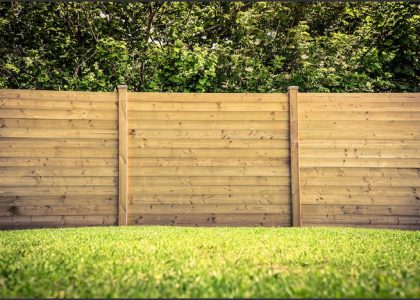
Flagstone Fundamentals: How to Install Flagstone is a comprehensive guide that provides detailed instructions on the installation process of flagstone, a commonly used material in landscaping and outdoor decoration. This guide covers everything from the selection of quality flagstones, preparation of the installation site, laying out the stones, to the final touches of the project. It is designed to equip readers with the necessary knowledge and skills to successfully install flagstone in various settings, whether it’s for a patio, walkway, or garden path.
Mastering the Basics: How to Install Flagstone for Beginners
Flagstone is a popular choice for outdoor landscaping projects due to its natural beauty, durability, and versatility. It can be used to create stunning patios, walkways, and garden paths that blend seamlessly with the surrounding environment. However, installing flagstone can be a challenging task, especially for beginners. This article will guide you through the fundamentals of flagstone installation, providing you with the knowledge and confidence to undertake your own flagstone project.
Before you begin, it’s important to understand that flagstone comes in a variety of shapes, sizes, and colors. This diversity allows for a great deal of creativity in your design, but it also means that each piece will need to be individually fitted and placed. Therefore, patience and attention to detail are key when working with flagstone.
The first step in installing flagstone is to prepare the area where it will be placed. This involves removing any existing grass or vegetation and leveling the ground. If you’re creating a patio or walkway, you’ll also need to dig a base that’s deep enough to accommodate the flagstone and a layer of sand or gravel for drainage. This base should be compacted firmly to provide a stable foundation for the flagstone.
Next, you’ll need to lay out your flagstones in the desired pattern. This is often the most time-consuming part of the process, as it involves a lot of trial and error. Start by placing the largest pieces of flagstone first, then fill in the gaps with smaller pieces. Remember, the goal is to create a surface that’s as flat and even as possible, so take your time and make adjustments as needed.
Once you’re satisfied with your layout, it’s time to secure the flagstones in place. This can be done using a mixture of sand and cement, which is spread over the flagstones and then swept into the gaps between them. The mixture should be damp, but not wet, as this will allow it to harden and lock the flagstones in place. After the mixture has been applied, use a rubber mallet to tap the flagstones and ensure they’re firmly embedded in the base.
Finally, you’ll need to seal the flagstones to protect them from the elements and enhance their natural color. There are a variety of sealants available, so choose one that’s suitable for the type of flagstone you’re using. Apply the sealant according to the manufacturer’s instructions, then allow it to dry completely before using your new flagstone surface.
In conclusion, installing flagstone is a task that requires patience, precision, and a bit of physical labor. However, the end result is a beautiful, durable surface that can enhance any outdoor space. By understanding the fundamentals of flagstone installation and taking the time to do the job properly, you can create a stunning flagstone feature that will last for years to come. Whether you’re a seasoned DIY enthusiast or a beginner, mastering the basics of flagstone installation can be a rewarding and satisfying project.




